You need a Dramamine to watch my early films they’re so shaky. 😄 Here are a few tips on camera movement do’s and don’ts if you’ve flipped over to video and stabilization is your nemesis.
Do: make small movements.
A little goes a long way. Big camera movements are a beginner’s calling card…don’t make it yours. Video demands that my eye (as your viewer) process 24 or 60 still frames in a single second. Please don’t add nauseating movement to that. Tiny pans, tilts, zooms, and dollys, my friends. Our retinas will thank you.
Don’t: hold your breath.
There’s advice out there about stabilizing by holding your breath while shooting a video clip. If you’re a pearl diver, by all means. I’m not. If I take 200 clips, each 6 seconds long, I’m holding my breath for 20 min. out of a 90-min. session. Yeah, no thanks. Breathe all you want—the real secret is to…
Do: brace your body.
Your legs are your foundation…use them. Maintain a wide base of support and micro-move slowly through the hips. Always brace your elbows against your torso when shooting at eye level. (When shooting top shots, stabilization rides on hope and a prayer.) But you know what? None of this matters if you…
Don’t: expect your stabilization to make up for your nervousness.
Your masterpiece will require that you master peace. Stabilization tricks won’t matter a red cent if you can’t find your inner stillness. Once you’re at peace with yourself, your skills, your clients, and your session, stabilization will come easy…I promise. At some point, you won’t even think about it.
Do: eliminate all camera movement for particular shots.
Just because you can move your camera, doesn’t mean you should. When your subject’s movement is the story (e.g., a child spinning or swinging)…don’t move your camera. When you want the subject to move through the frame (it adds such whimsy!)…don’t move your camera. If the moment is especially tender…PLEASE, don’t move your camera. I want you to hold me breathless in that moment, and your camera movement will distract my eye.
Don’t: buy a gimbal if you plan to film newborns and families.
Last week, I sold a $1200 gimbal at a huge loss. I unboxed it two years ago, practiced with it once, and never brought it to a single session. If you are a one-(wo)man show, please don’t make my mistake. If smooth, buttery footage is your obsession, consider an easy-to-rig gimbal for your iPhone, and use the mixed media. The setup and calibration required for a DSLR gimbal aren’t practical for family sessions.
Do: buy a gimbal if you have a second shooter.
As photographers, we’re accustomed to working on our little islands. Videographers, there are some projects that dictate that you shouldn’t. Weddings and corporate branding for one, but perhaps even an extended family session. If you know a videographer who knows how to operate a gimbal or drone, ask if they might want to second shoot with you (and pay them fairly).
Don’t: trash clips with wild movement.
I’m guilty of this. I love smooth footage and my shaky footage usually lands on the cutting room floor. Many incredible big-screen and short films I’ve drooled over have shaky footage. Shaky footage adds a raw, documentary feel to a film. If that jives with your visual voice, the energy of the subjects, or even the soundtrack you’ve chosen, then embrace the shake!
Do: use those crazy clips for transitions.
I’ll often laugh out loud culling clips when I see the wild camera movements I made because I was distracted and forgot to stop recording. You guys, some of those fast pans and tilts are movie magic. Use them when you’re switching scenes or need to give the impression of time passing.
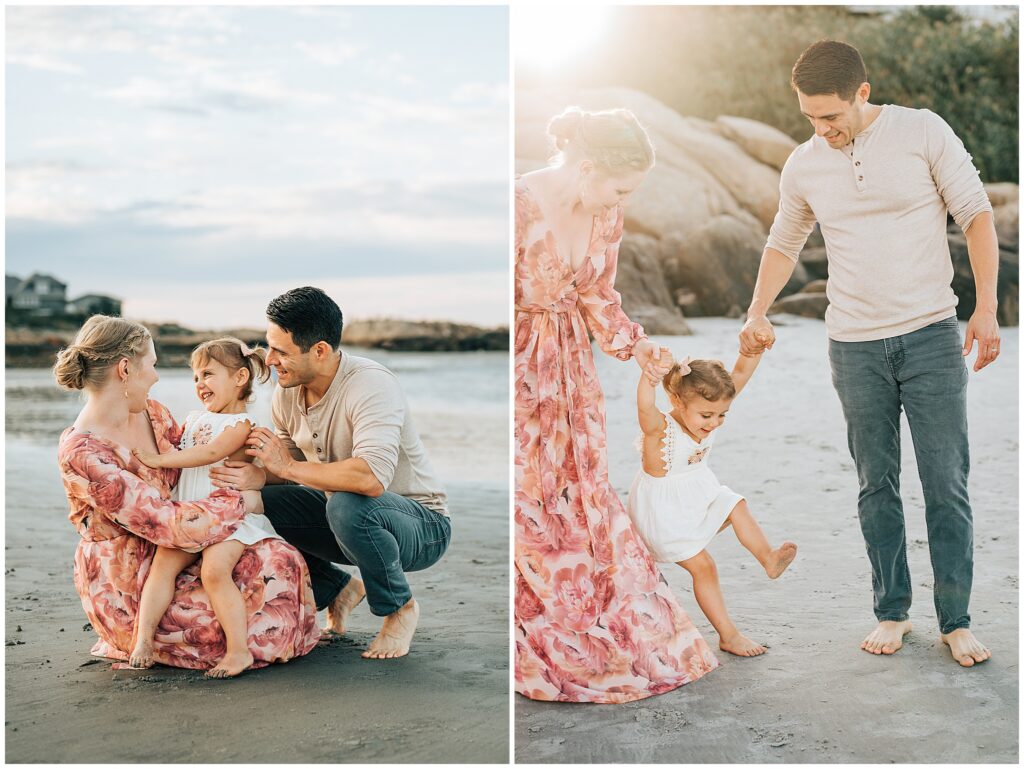
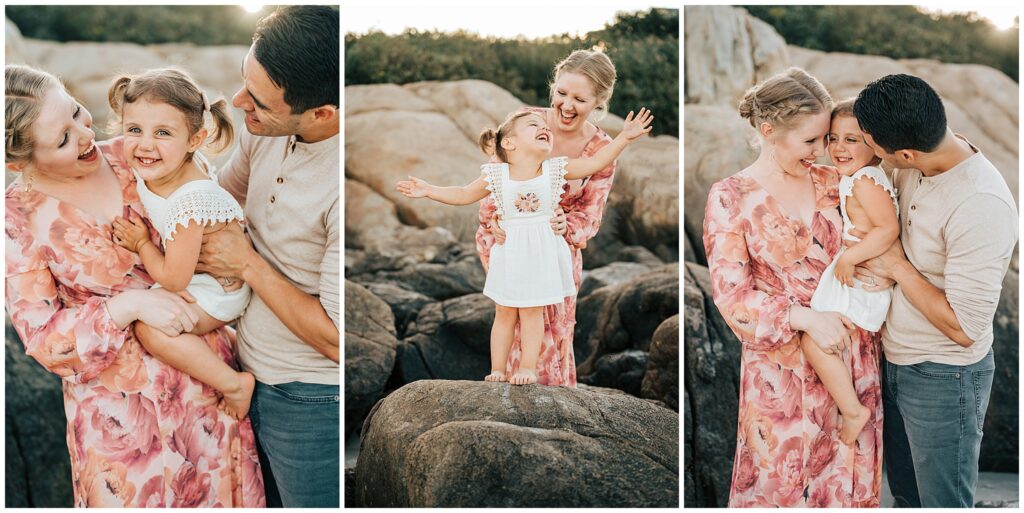
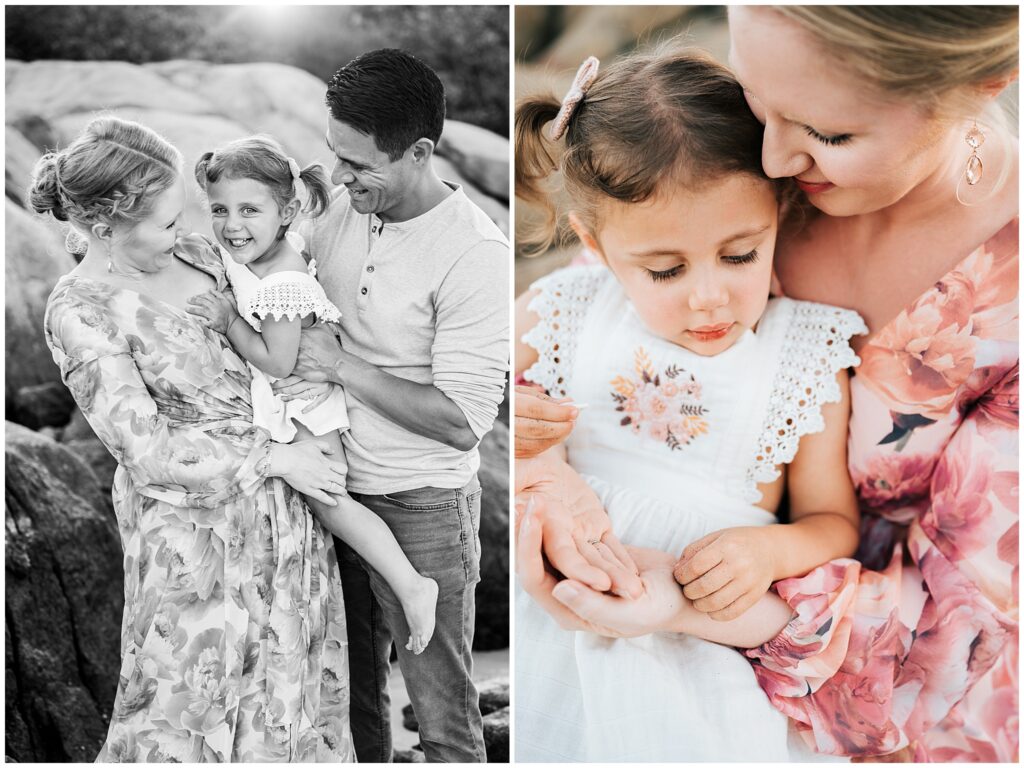
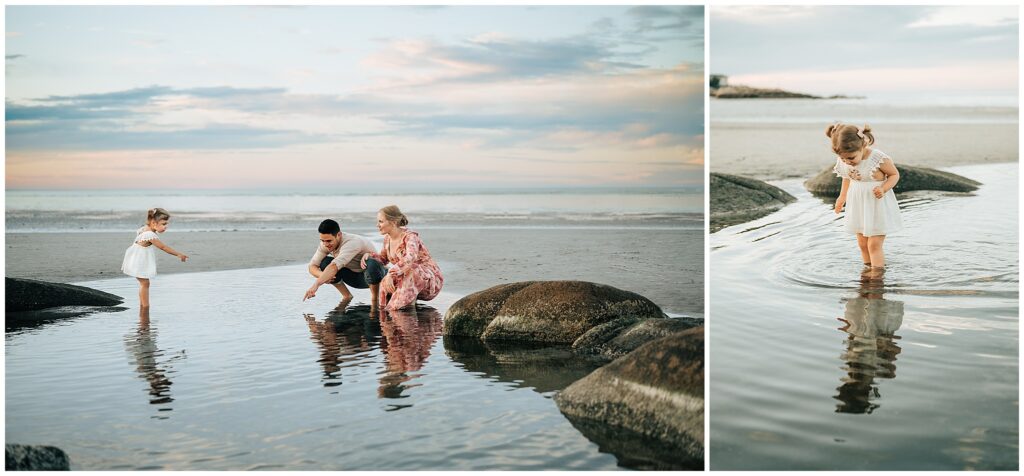
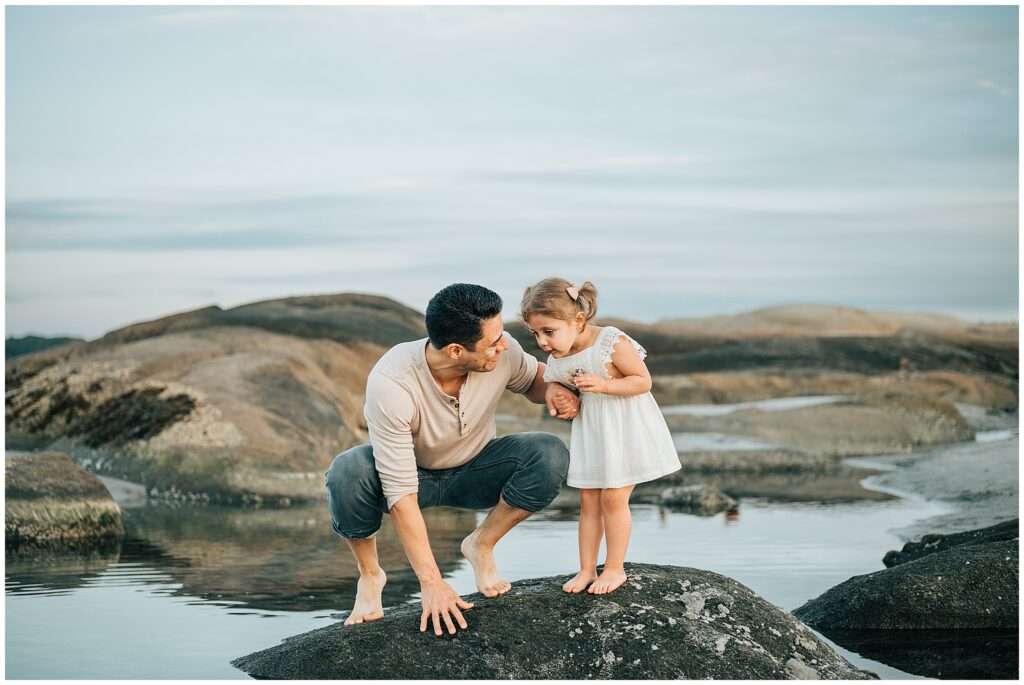
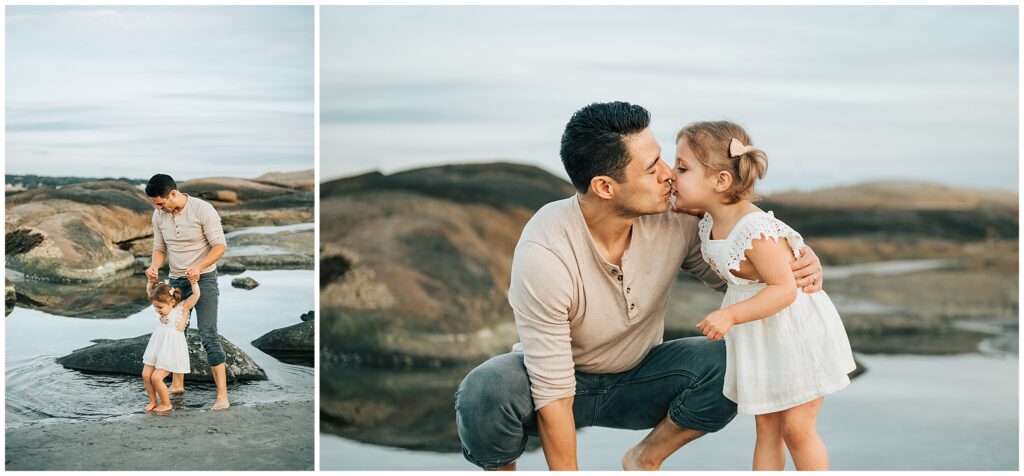
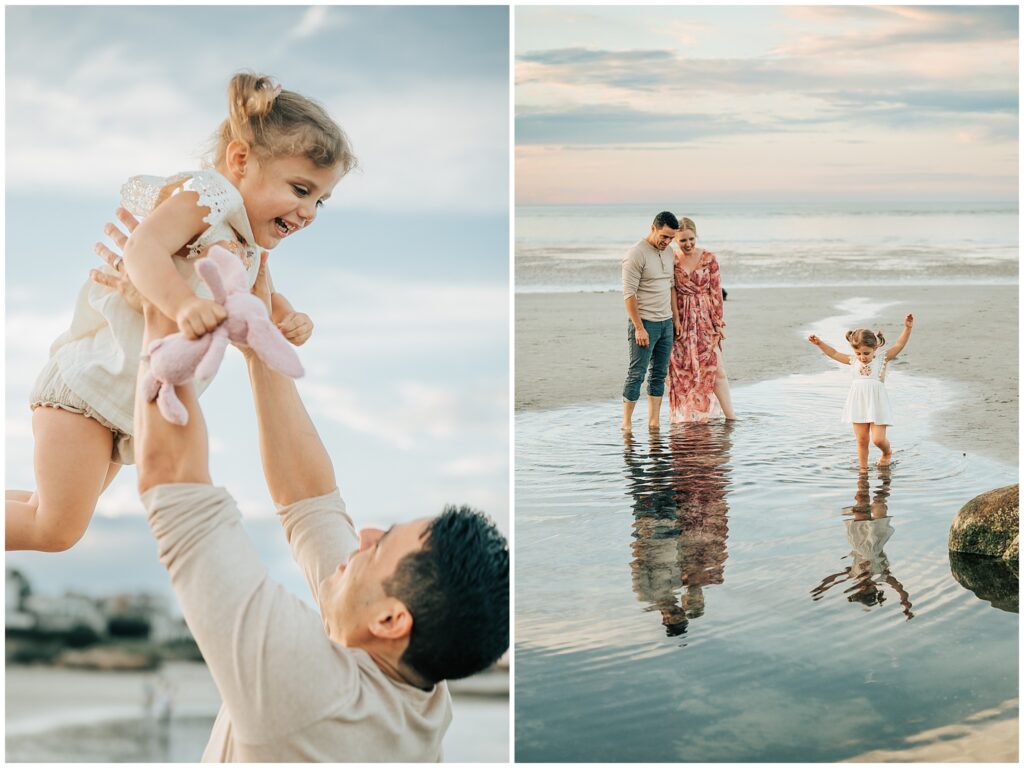
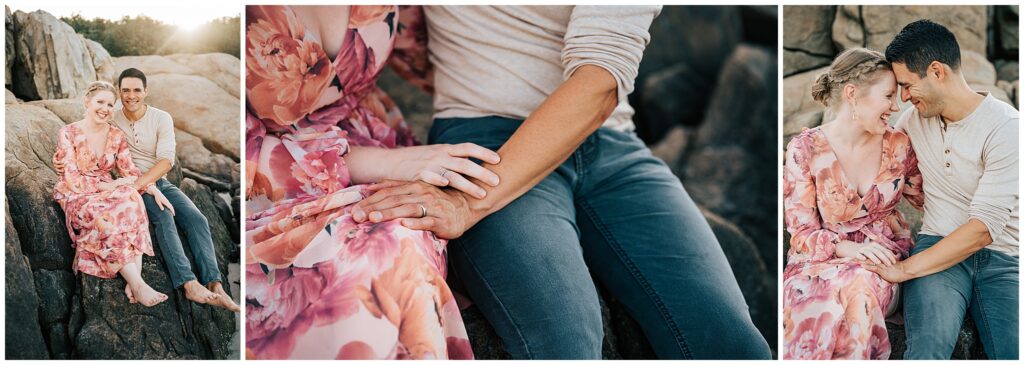
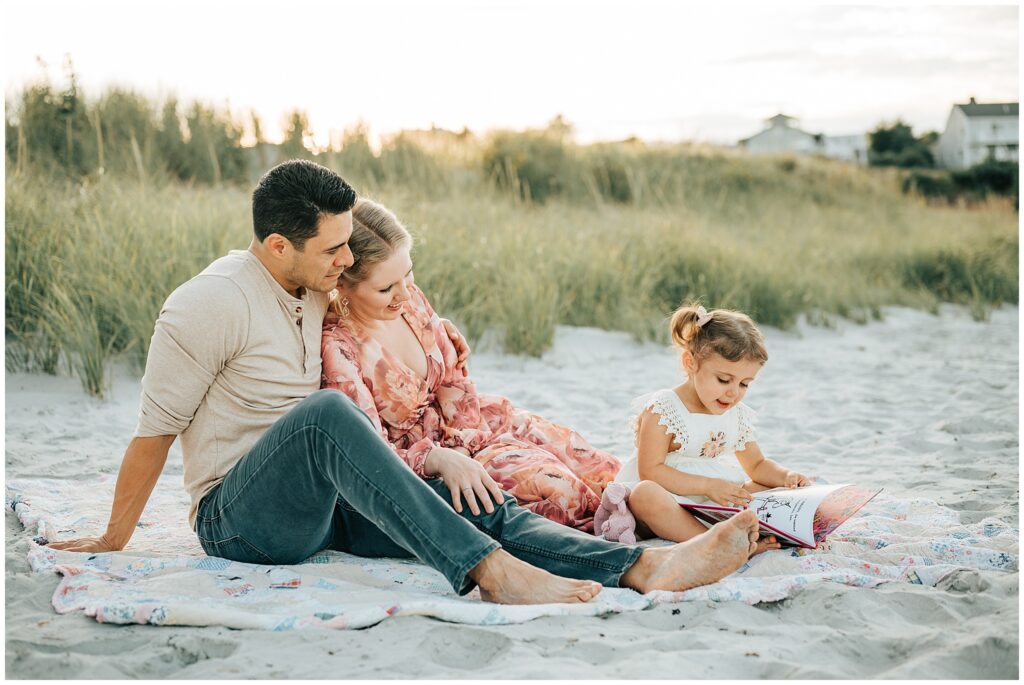
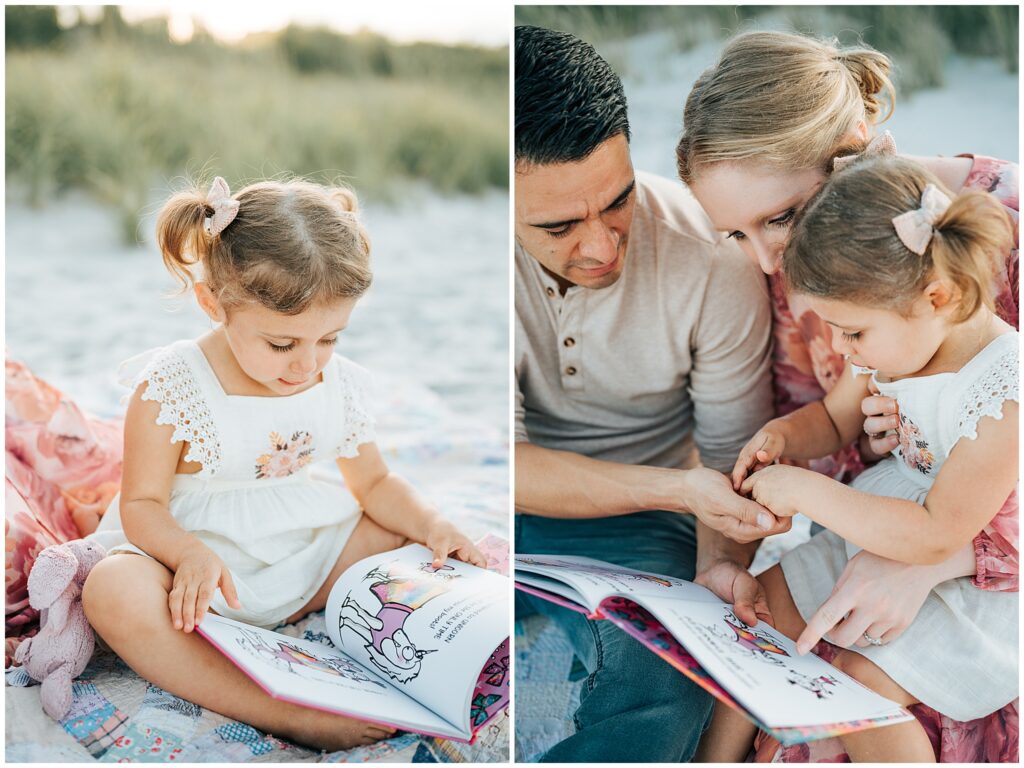
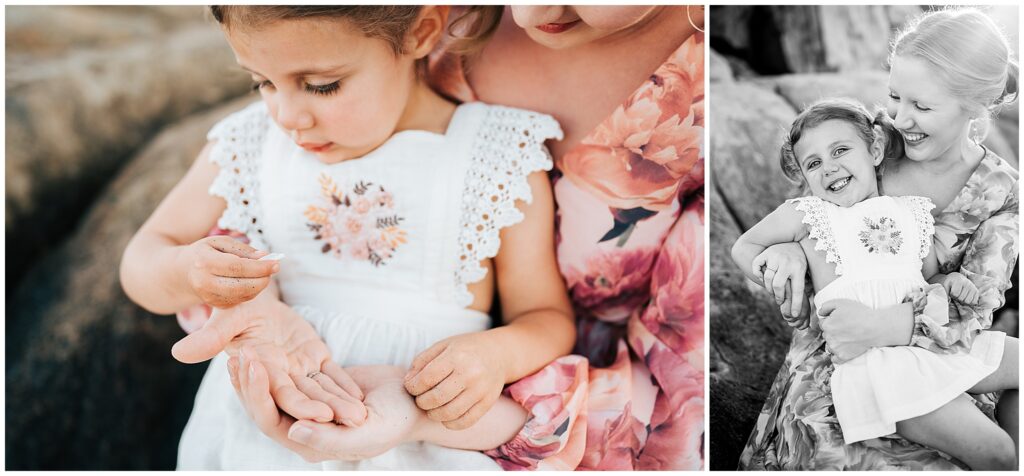
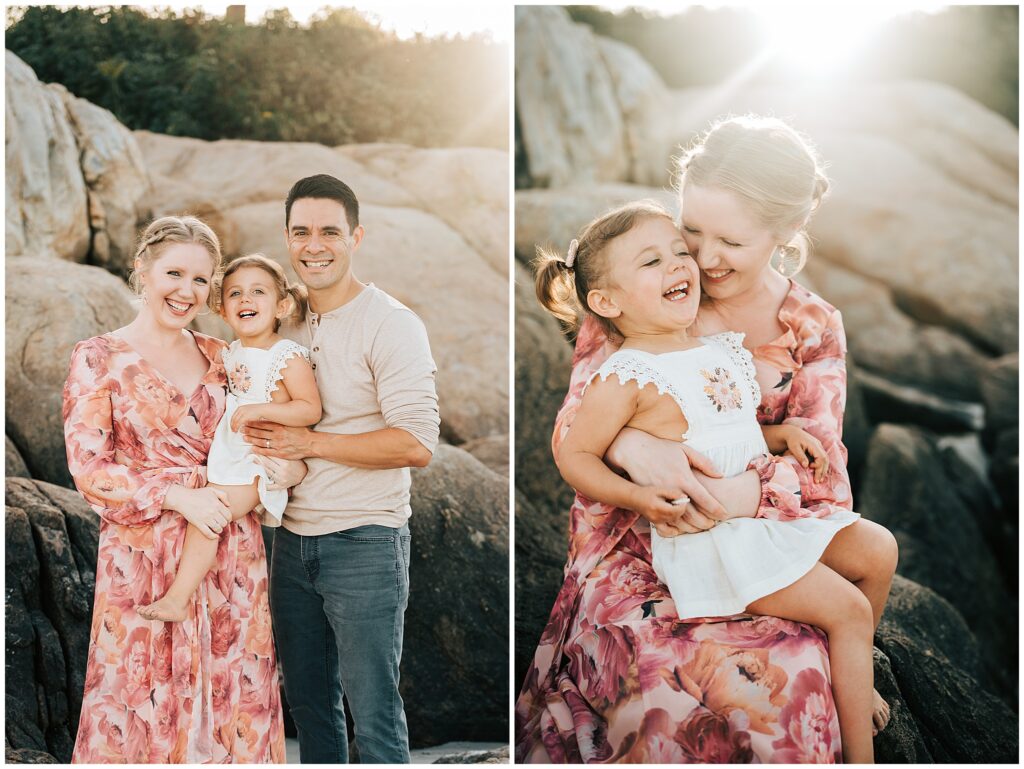
Comments
Be the first to post a comment